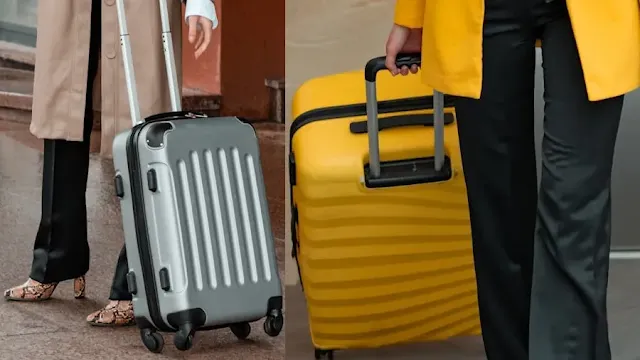Bringing Gold to India: What You Need to Know
Are you planning to bring gold to India, perhaps from the USA or another country, and wondering about the regulations? It's a common query among travelers looking to move valuable assets or gifts. India has specific rules regarding the import of gold, distinguishing between gold jewelry and other forms of gold, such as coins, bars, or biscuits. Understanding these rules can ensure a smooth journey without unexpected hurdles at customs.
Understanding Duty-Free Allowance
Firstly, it's important to note that India's duty-free allowance for gold primarily applies to gold jewelry. This allowance is designed with personal use in mind, not investment pieces like gold bars, coins, or biscuits. For men, the allowance is set at a certain value, while women are allowed a slightly higher amount. The idea is to accommodate traditional jewelry as part of personal adornment.
Restrictions on Gold Bars, Coins, and Biscuits
When it comes to gold bars, gold coins, and gold biscuits, the regulations are clear: these items do not qualify for the duty-free allowance. The rationale behind this rule is to control the movement of investment-grade gold into the country. If you're considering bringing such items to India, be prepared to declare them and pay the applicable customs duty.
Declaring Gold at Customs
If you're traveling with gold in forms other than jewelry, such as bars or coins, declaring it at customs is a must. Upon arrival, you'll need to fill out the necessary declarations and be ready to pay the duty as assessed by the customs officials. This duty varies depending on the current market value of gold and the quantity you're bringing.
Traveling Internationally with Gold Bars
Traveling internationally with gold bars poses its own set of challenges and regulations. While it's not illegal, it requires due diligence. Different countries have their regulations regarding transporting gold across borders. It's crucial to research and comply with these rules to avoid legal complications or confiscation of your assets.
Importing Gold into India as Baggage
Any individual of Indian origin or anyone holding a valid passport under the Passport Act of 1967 is eligible to import gold into India as baggage, provided they have been abroad for at least six months. Brief visits back to India during these six months don't affect eligibility, given these don't cumulatively exceed thirty days.
Additional Requirements
Payment of Duty: The customs duty on the gold must be paid in a convertible foreign currency. The applicable duty rate can vary and is specified in official notifications.
Quantity Limit: The total weight of the gold, including ornaments, brought by a passenger cannot exceed 1 kilogram.
Timing of Import: The passenger has the option to bring the gold with them upon arrival or import it as unaccompanied baggage within fifteen days of their arrival in India.
Procurement from Bonded Warehouses: Passengers may also choose to acquire their allowable gold from the Customs bonded warehouses operated by the State Bank of India or the Metals and Minerals Trading Corporation, adhering to the above conditions regarding payment and quantity. To avail of this option, passengers must declare their intention by submitting the prescribed form to the Customs Officer upon their arrival in India, ensuring payment of duty prior to clearance.
The valuation of gold and silver for duty purposes is based on the tariff value, which is periodically notified by the authorities.
These guidelines aim to streamline the process for individuals looking to bring gold into India, ensuring compliance with customs regulations while facilitating the legitimate movement of gold as baggage.
Tips for Declaring Gold While Traveling to India
Research Before You Travel: Before your trip, check the latest customs regulations regarding gold on the official customs website or consult with a professional.
Documentation: Have all necessary purchase receipts and any other relevant documents ready to present at customs.
Declare Proactively: Always declare your gold items at customs without waiting to be asked. Transparency is key to avoiding penalties or confiscation.
Payment of Duty: Be prepared to pay the customs duty for any gold beyond the allowed jewelry allowance. The duty must be paid in foreign currency.
Consider Safety: Traveling with valuable items like gold requires careful consideration of safety and security. Use safe transport methods and consider insurance.
Bringing gold to India, especially in forms other than jewelry like bars, coins, or biscuits, requires careful planning and adherence to customs regulations. While the allure of carrying precious metals for investment or as gifts is strong, the importance of following legal procedures cannot be overstated. By staying informed and prepared, travelers can ensure that their journey with gold to India is both legal and hassle-free.










